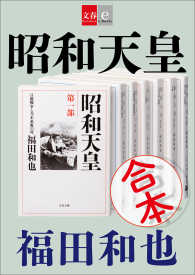Full Description
The surprising history of education technology and its political, financial, and social impact on higher education and our world
From AI tutors who ensure individualized instruction but cannot do math to free online courses from elite universities that were supposed to democratize higher education, claims that technological innovations will transform education often fall short. Yet, as Anne Trumbore shows in The Teacher in the Machine, the promises of today's cutting-edge technologies aren't new. Long before the excitement about the disruptive potential of generative AI-powered tutors and massive open online courses, scholars at Stanford, MIT, and the University of Illinois in the 1960s and 1970s were encouraged by the US government to experiment with computers and artificial intelligence in education. Trumbore argues that the contrast between these two eras of educational technology reveals the changing role of higher education in the United States as it shifted from a public good to a private investment.
Writing from a unique insider's perspective and drawing on interviews with key figures, historical research, and case studies, Trumbore traces today's disparate discussions about generative AI, student loan debt, and declining social trust in higher education back to their common origins at a handful of elite universities fifty years ago. Arguing that those early educational experiments have resonance today, Trumbore points the way to a more equitable and collaborative pedagogical future. Her account offers a critical lens on the history of technology in education just as universities and students seek a stronger hand in shaping the future of their institutions.








